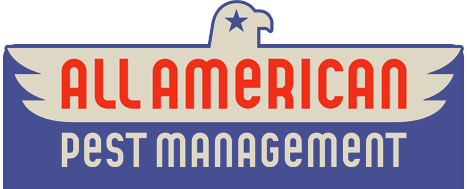Visible Evidence of Termites
It is no secret that termites can quietly devastate a structure. They continually reproduce and their colonies will grow larger with each passing year. Because they tend to stay inside of the wood they are eating, they are often very difficult to identify. Lucky for us homeowners however, it is possible to learn and identify the evidence of termites and to spot some of these signs by conducting a routine inspection at least every 6 months.
You can identify a termite infestation quite easily yourself if you just know what to look for. If you have never heard of any of the below, don’t worry you will know how to spot them and where to look for them by the end of this article and cut down on your treatment costs by conducting your own inspection.
Of course, if you do discover any of these signs, it is a good idea to have a professional pest control member do a thorough inspection to determine the extent and type of infestation.
Termite Frass
Since drywood termites tunnel inside and eat wood, they naturally have to poop. When they have been tunneling and pooping a lot, they begin to fill up their tunnels with their excrement which is known as frass or drywood frass. In order to conduct a little housekeeping, they will make tiny holes in the surface of the wood they are tunneling in so they can let their droppings fall out.
These little pellets look like wood and are sometimes confused with sawdust. If you see them though, and haven’t done any woodworking, suspicion is warranted.
Whatever frass you might find in your home, understand there is much more inside the wood of the infested area. It is usually best to call an exterminator upon discovering any frass and have them assess the situation.
Termite Swarmers
When most (not all) termites reach an adult stage of life, they grow wings and fly away in search of new wood to feed on. As their colonies continually reproduce and grow, they need more food so naturally they send out the winged-ones to find some fresh wood inside of which they can keep expanding their colony.
If you find a group of these winged termites known as termite swarmers, then you have discovered one of two things. Either the termites are attempting to enter the site where you have found swarmers, or they have already been there long enough to reach adulthood and are now leaving the nest. If they are leaving and have already reached adulthood, then there may have been some significant damage created by their tunneling within your structure. If they are just arriving, then you can easily take care of the problem
Mud Tubes
If you find these little mud tubes around the outside of your house, then there has likely been some activity by subterranean termites. These little pests are different from their drywood cousins in their preference of wood types.
Again, if you suspect that you have found mud tubes, give us a call for a professional opinion… and treatment plan, if needed!





